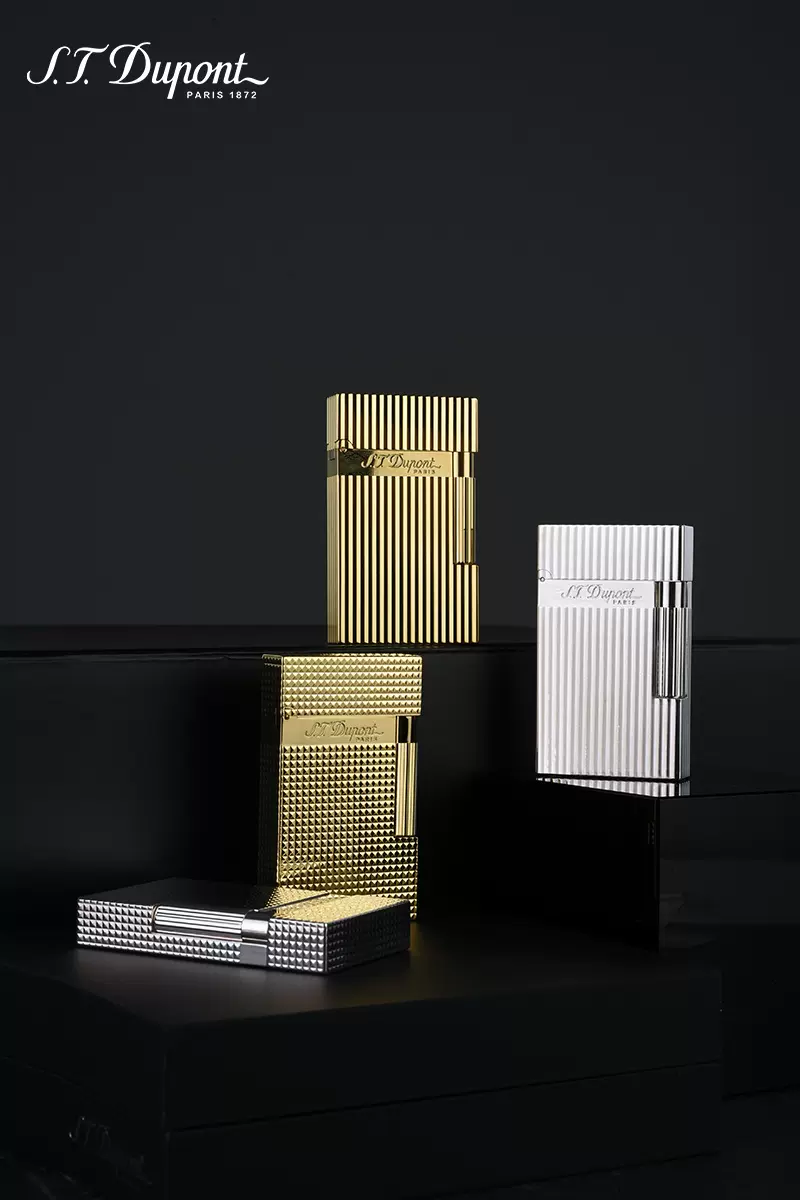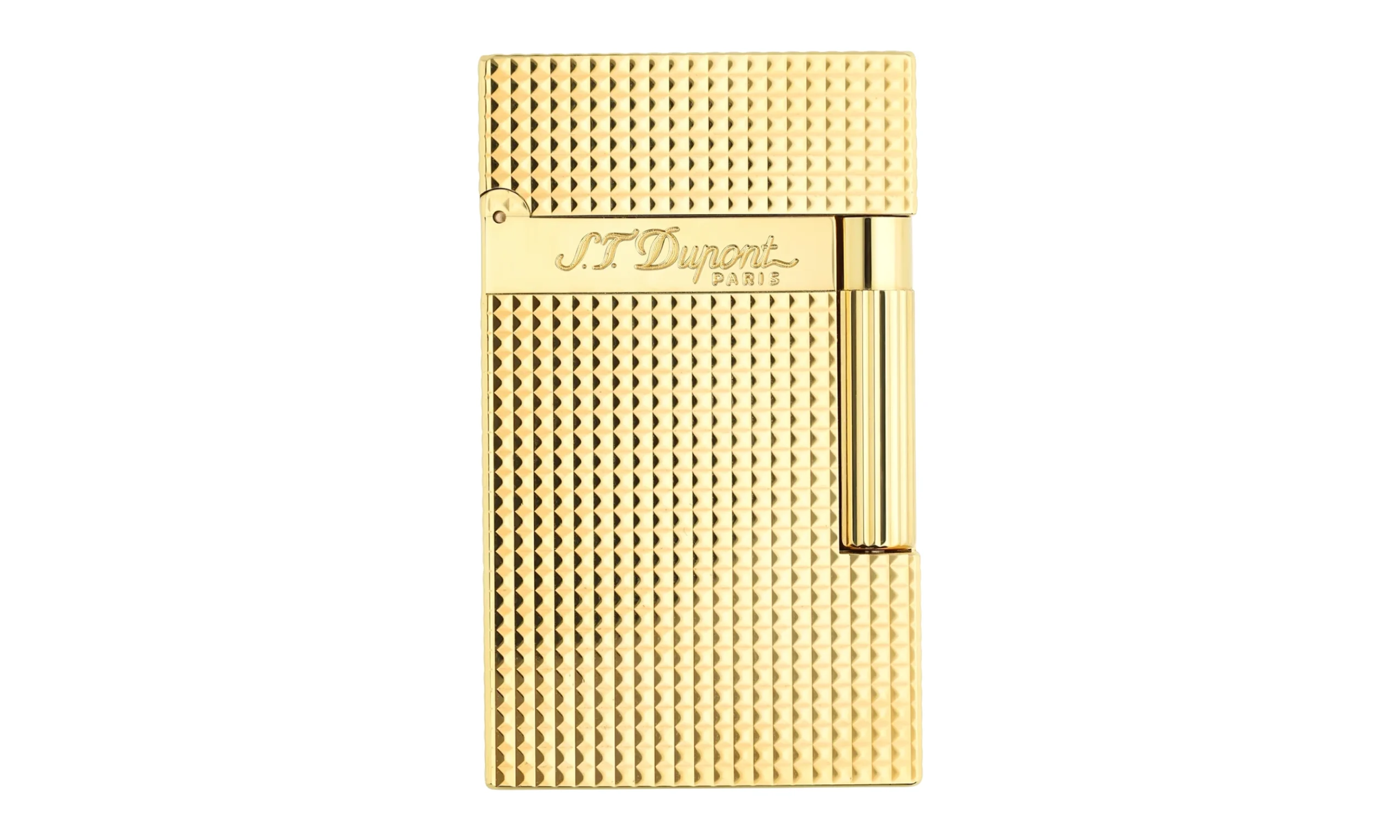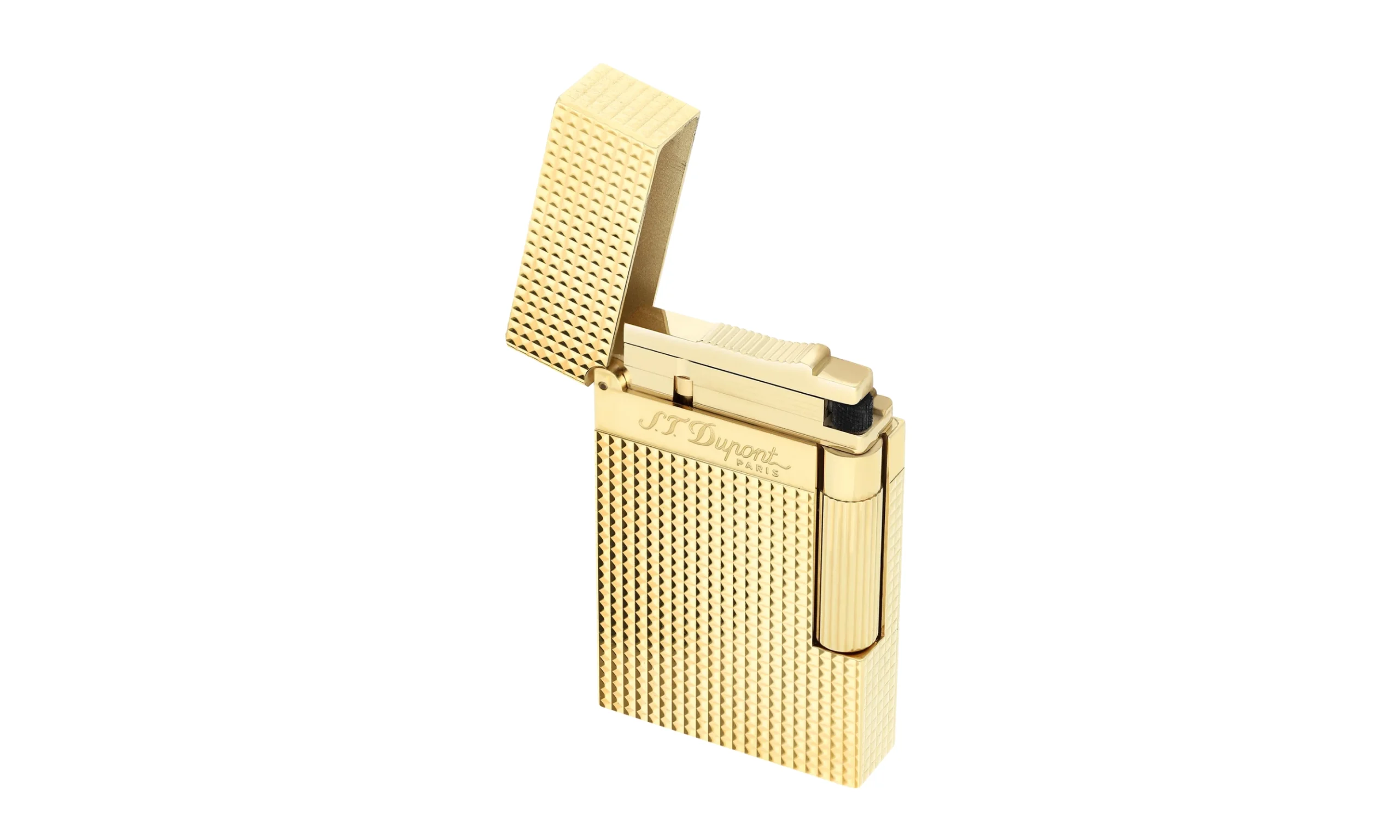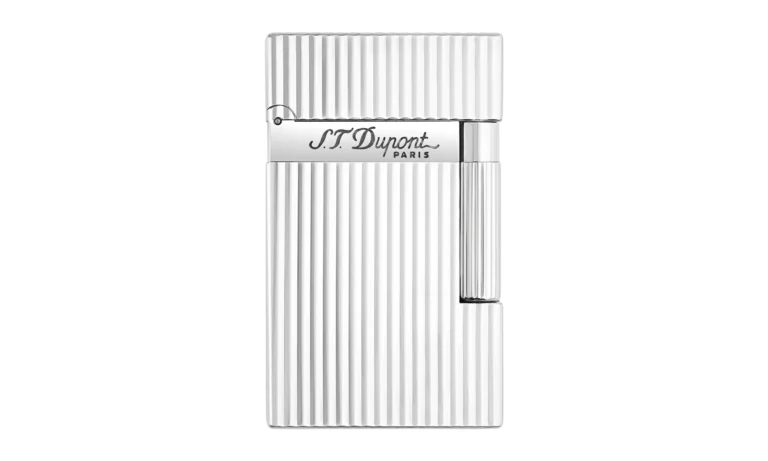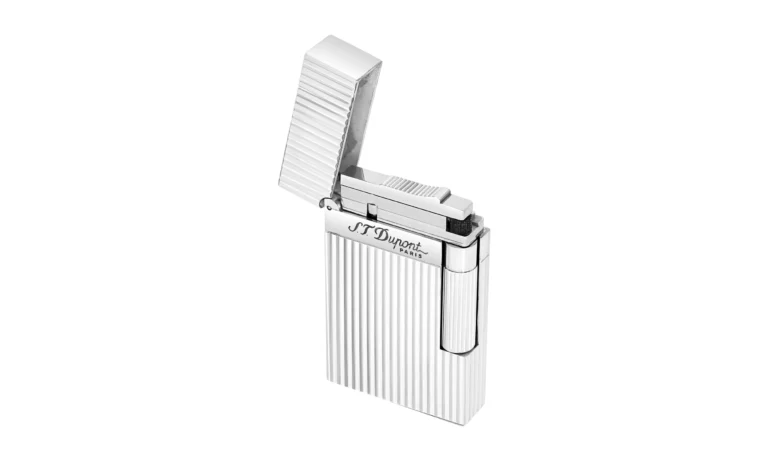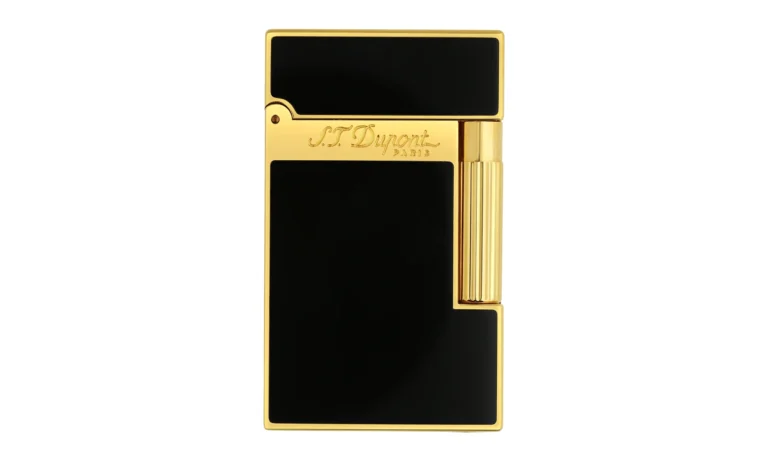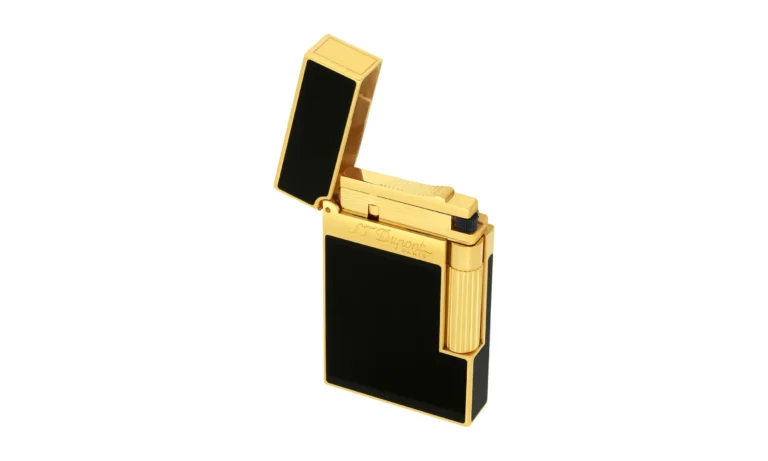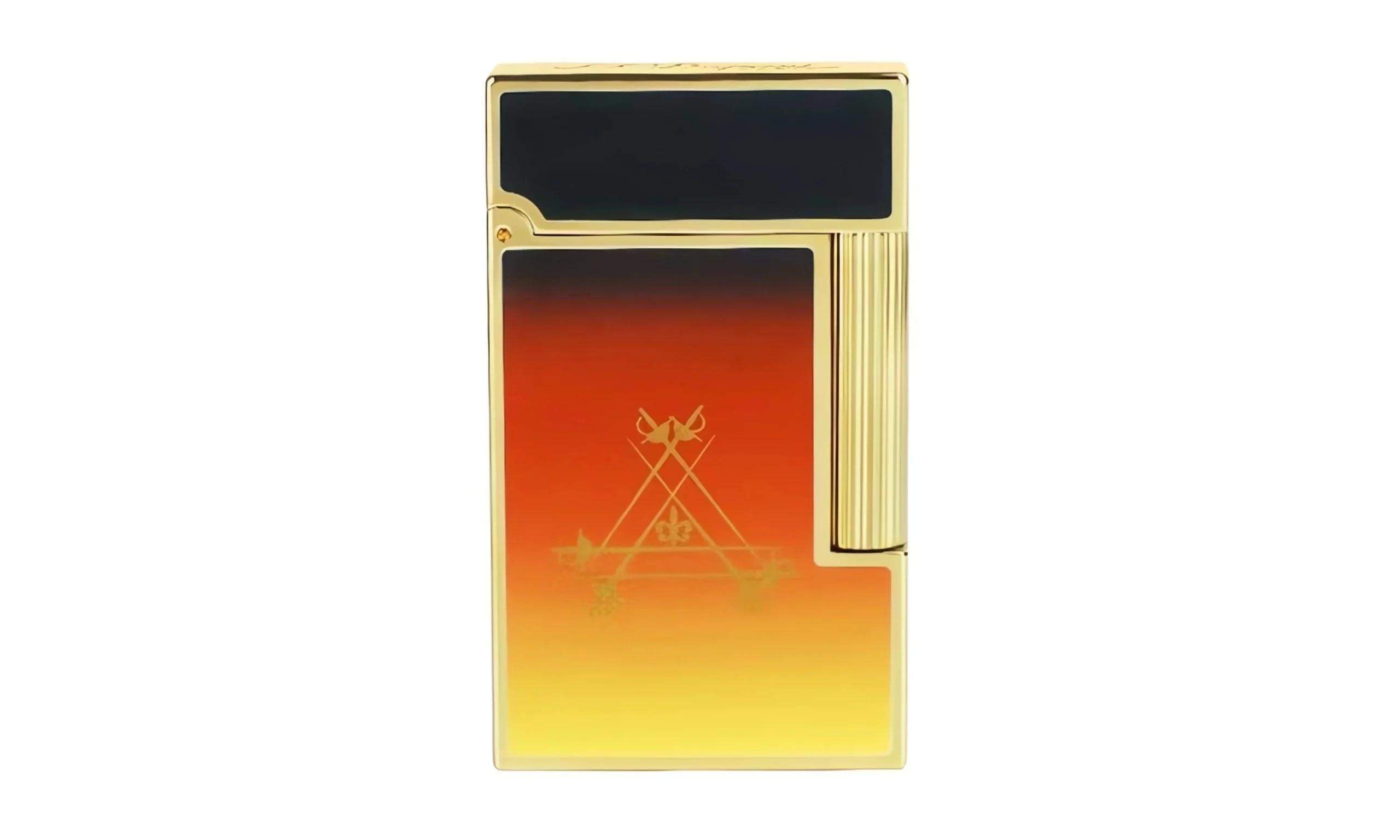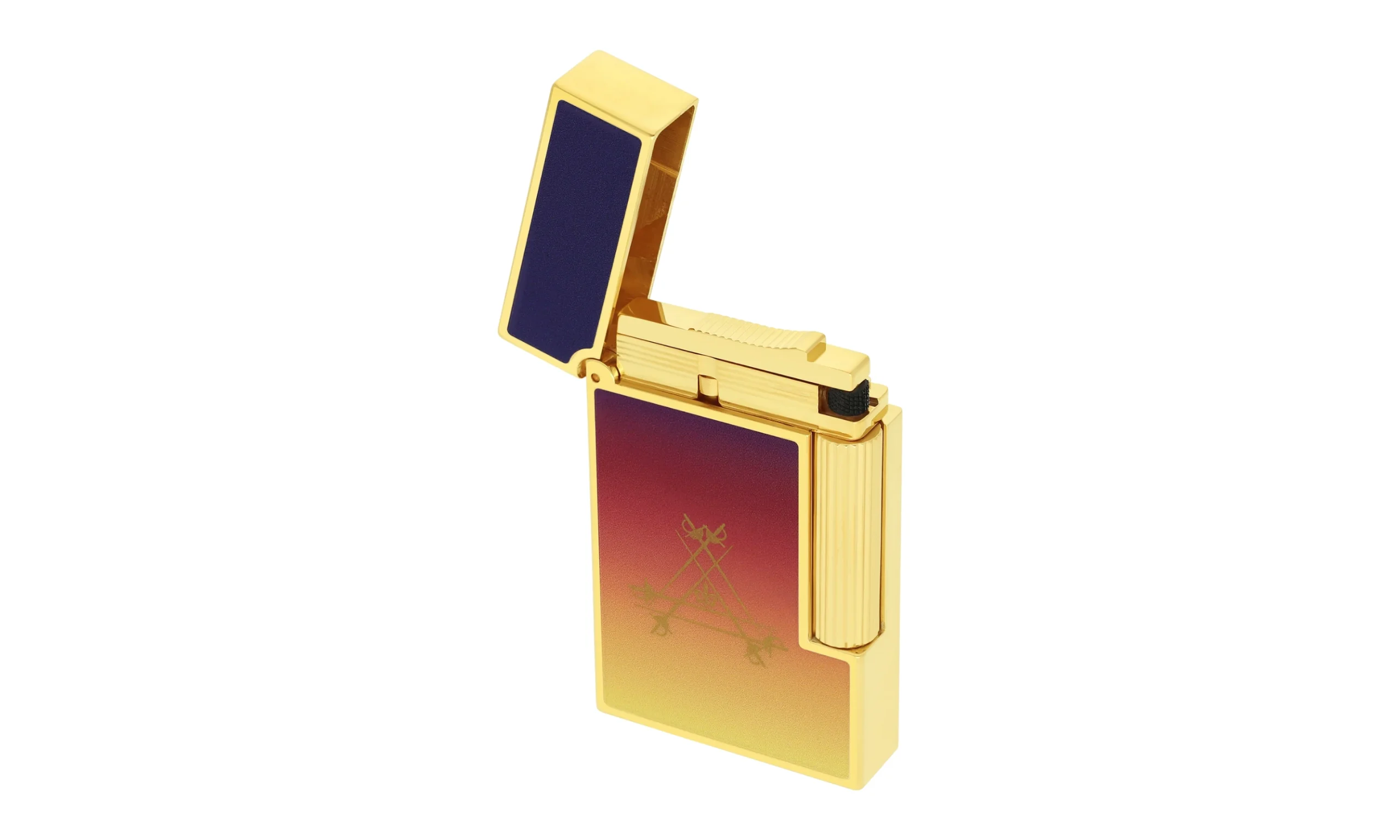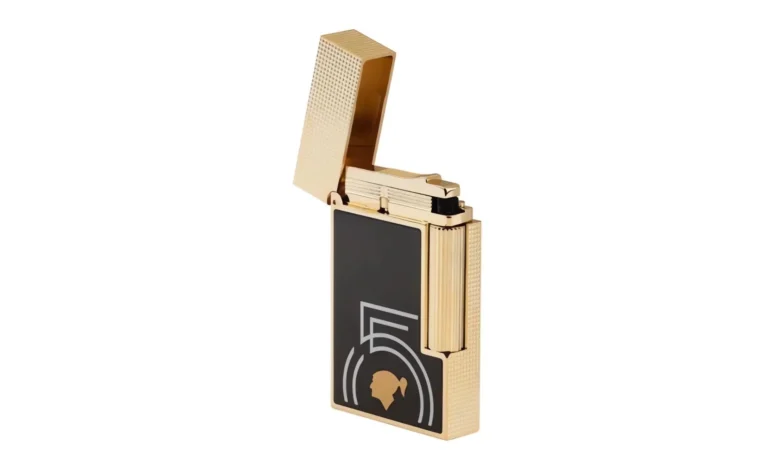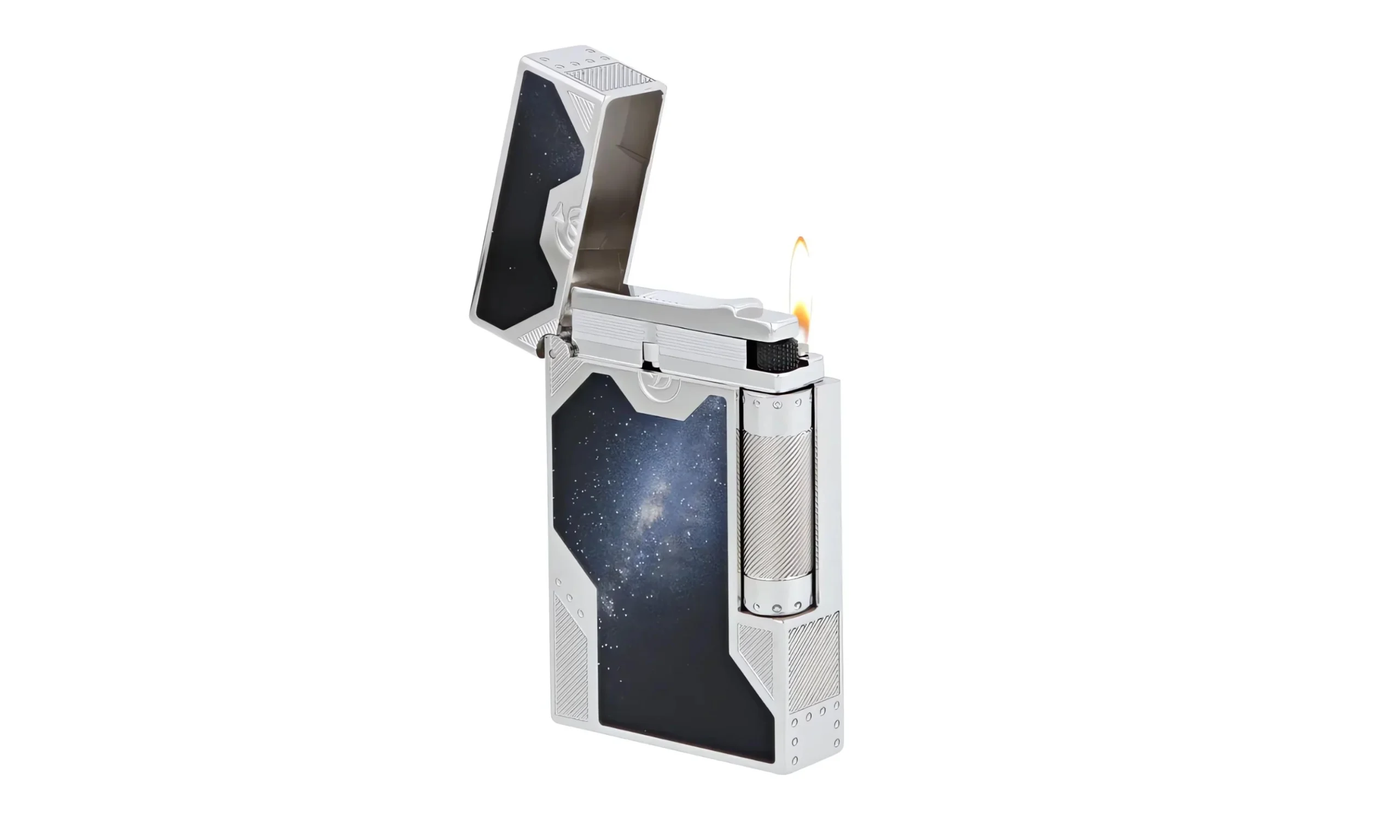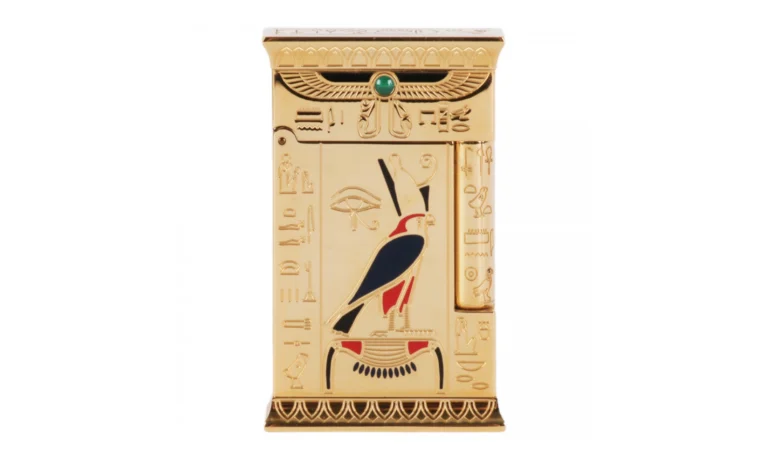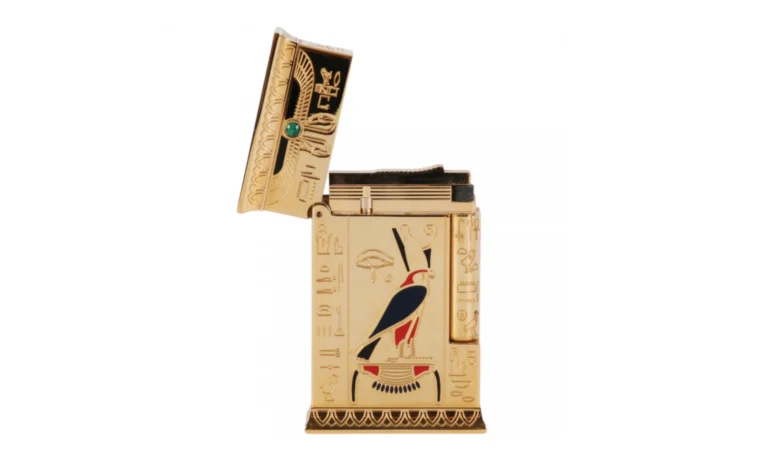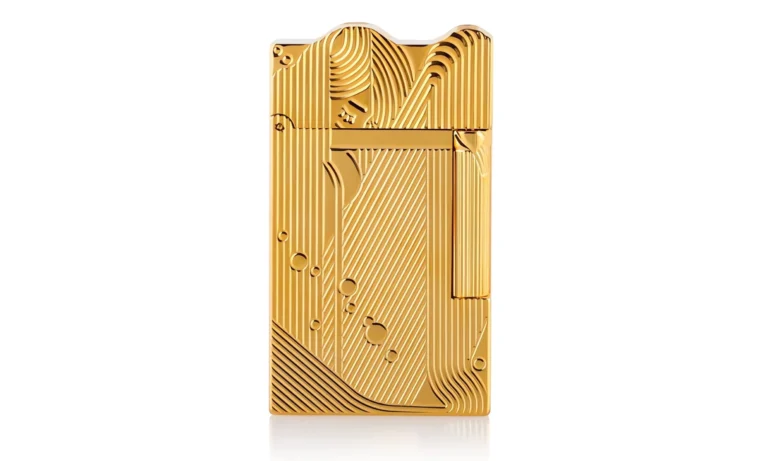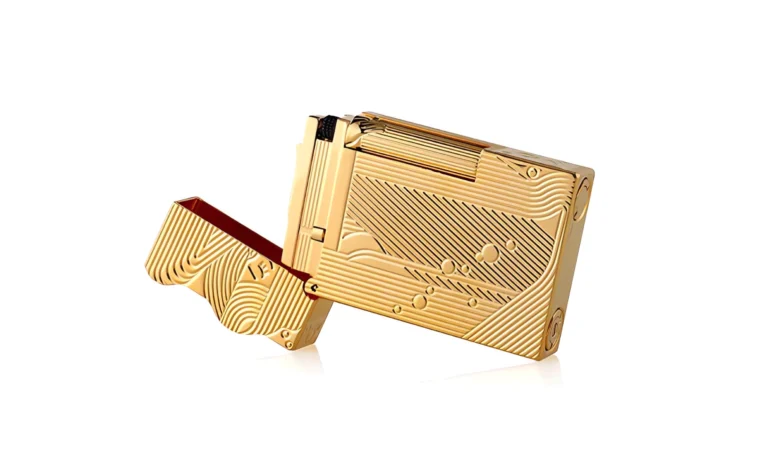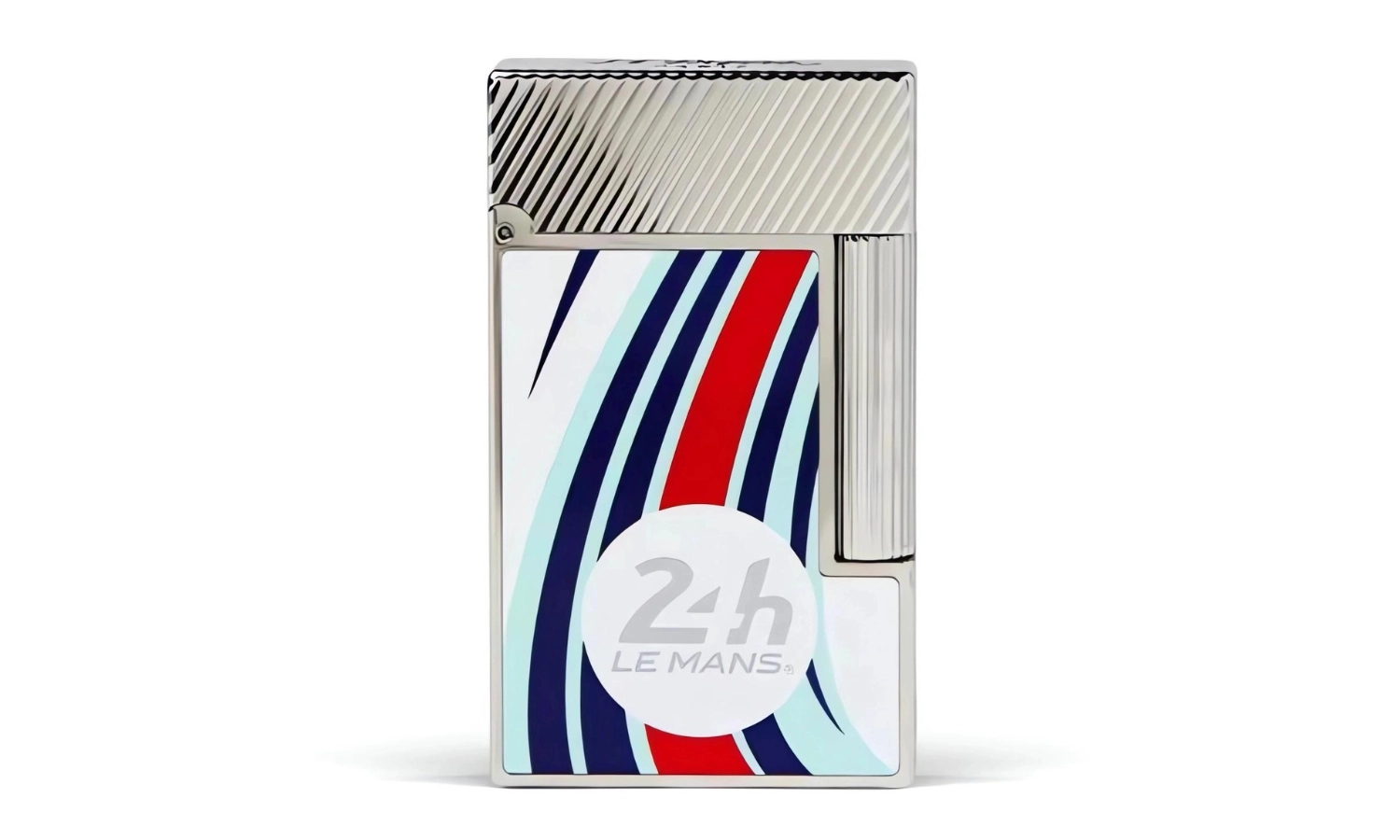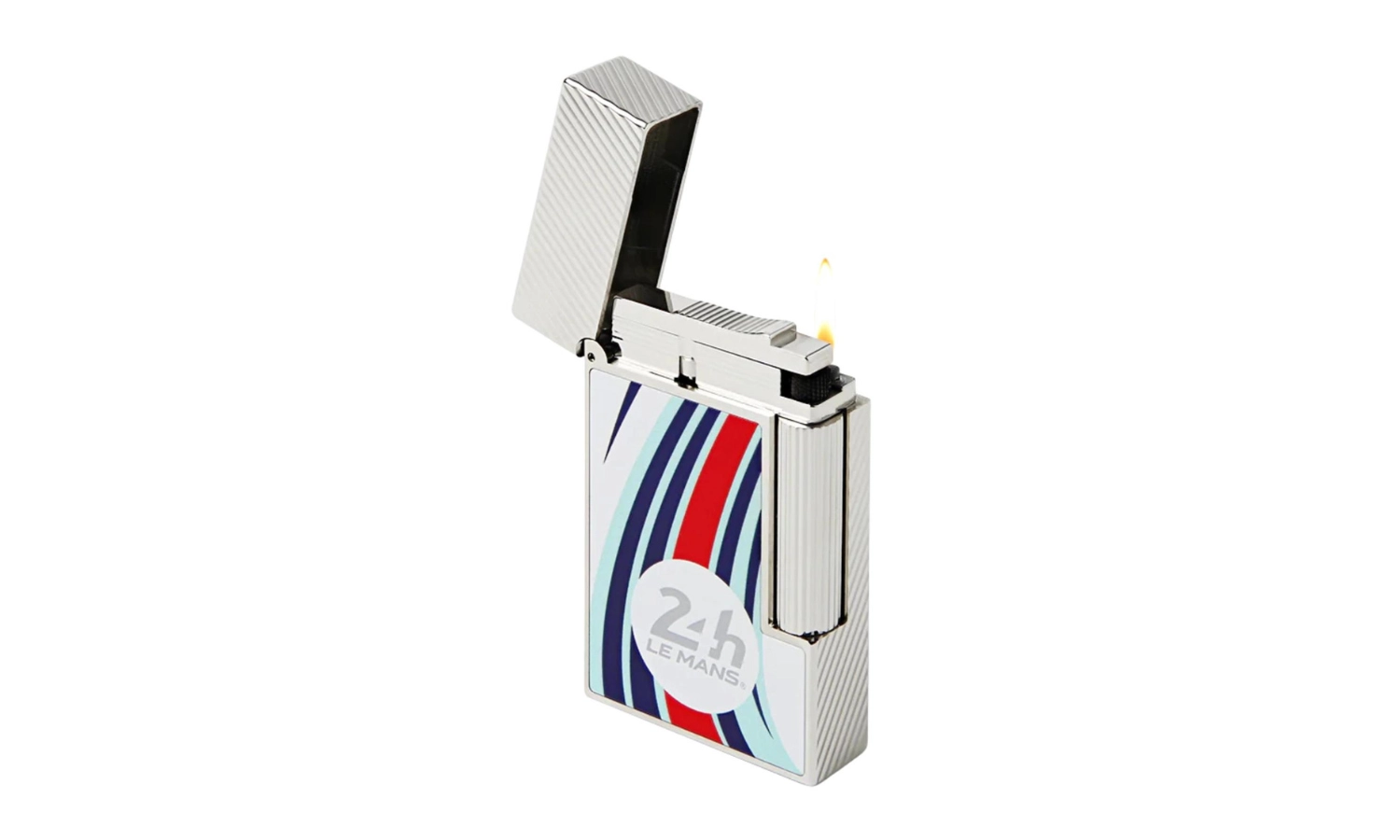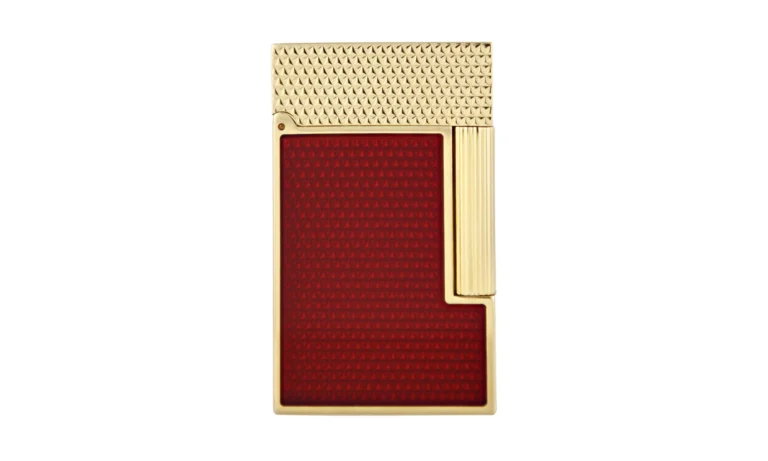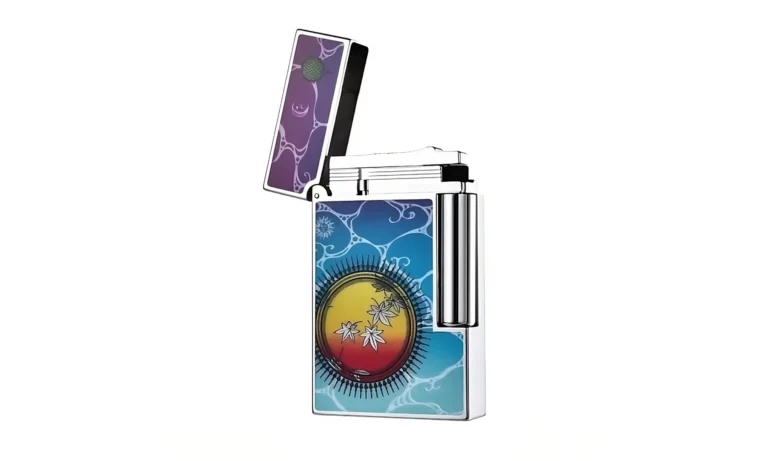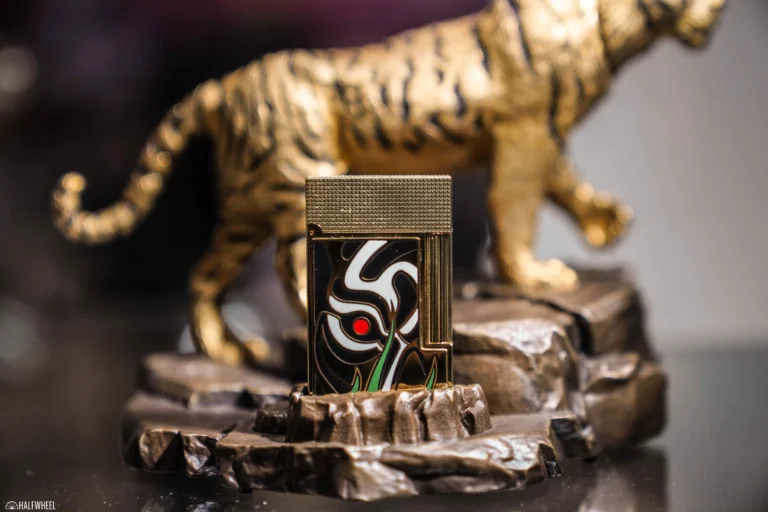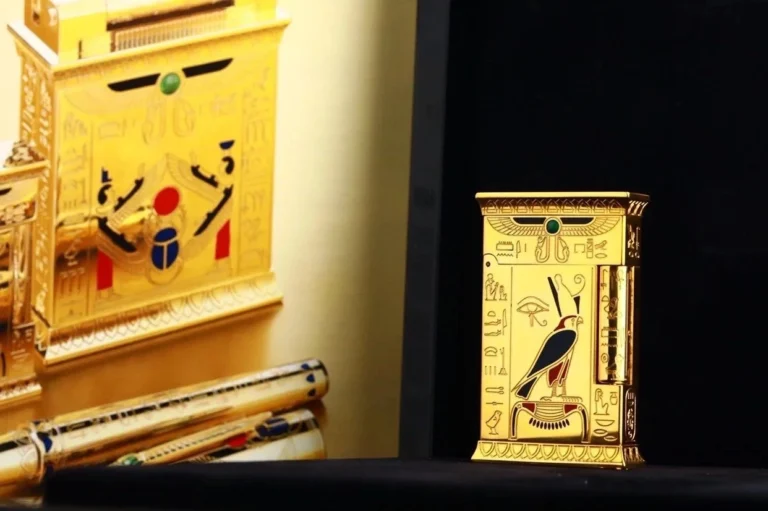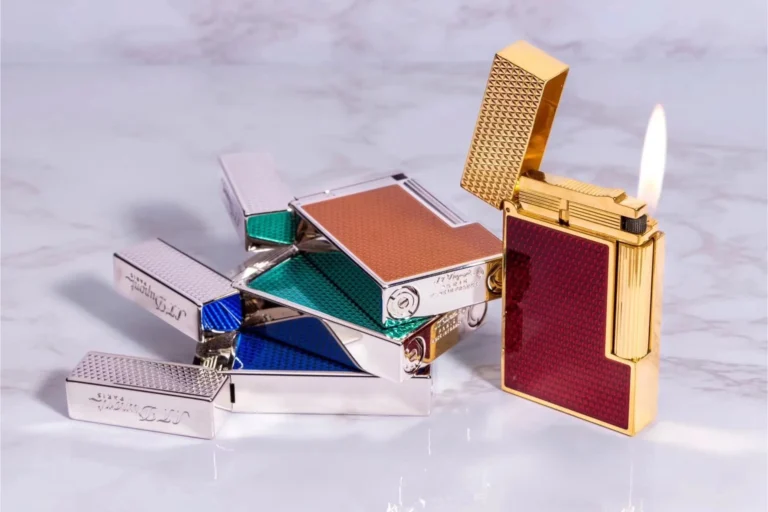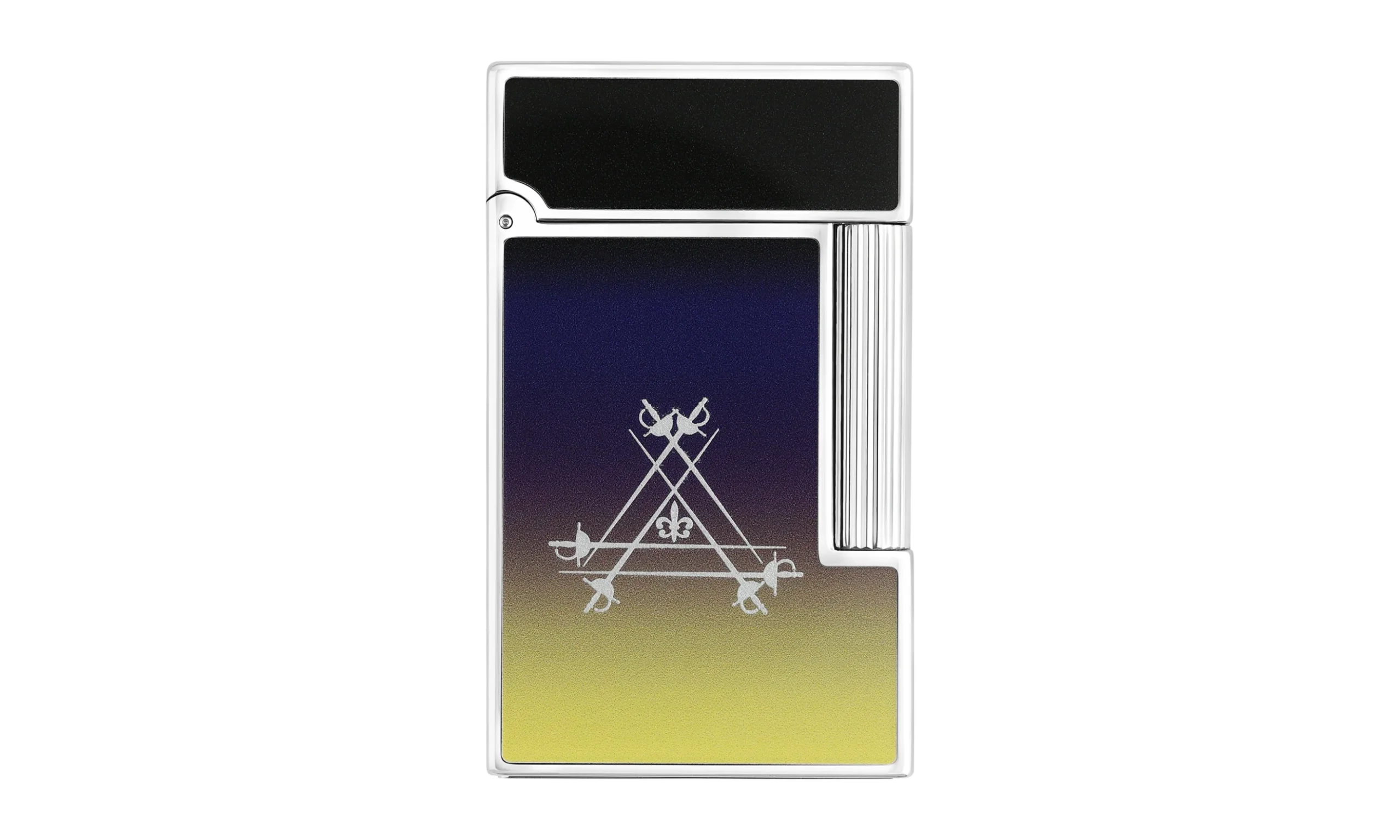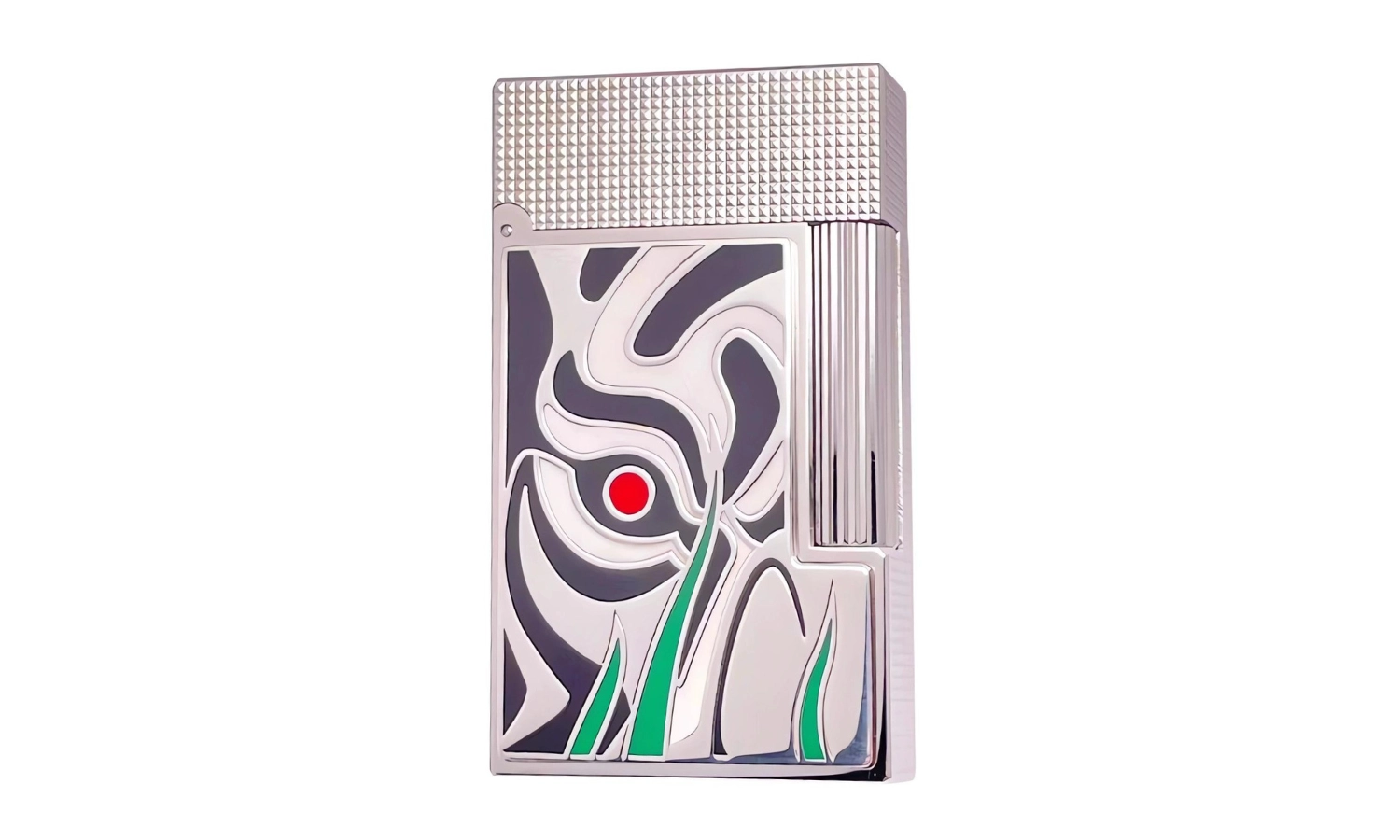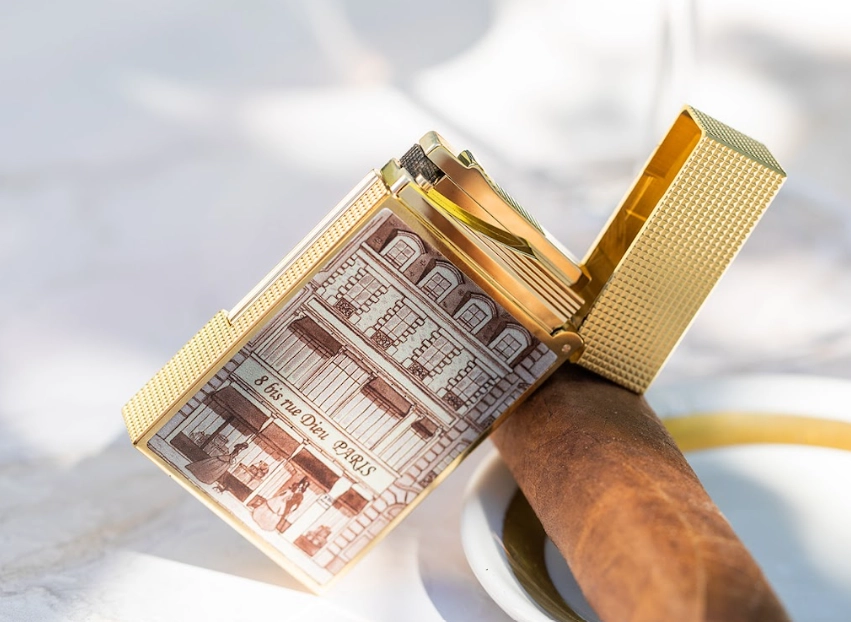S.T. Dupont Lighter: A Step-by-Step Guide to Flint Replacement

Harrison B. Caldwell
Introduction
In the grand realm of luxury accessories, S.T. Dupont lighters stand as an epitome of elegance, craftsmanship, and timeless value. Originating from France, these lighters have not only served as functional tools but also as emblems of prestige and status. With each flick and spark, they narrate stories of legacy, opulence, and impeccable taste. Those who possess an S.T. Dupont lighter know that they hold more than a mere fire-starter; they own a piece of art, an embodiment of history, and a symbol of sophistication.
However, like all fine artifacts, these lighters require meticulous care and maintenance. To ensure that an S.T. Dupont lighter performs to its best capacity, it’s essential to understand its inner workings and be well-acquainted with its maintenance processes. One of the pivotal components that dictate the performance of these lighters is the flint. Flint, though small, plays an indispensable role in creating the iconic spark of the S.T. Dupont lighter.
Over time and with regular use, the flint can degrade, affecting the functionality and reliability of the lighter. Recognizing this, the aim of this piece is to provide luxury consumers and lighter aficionados with an authoritative guide on flint replacement. Not just any guide, but one that delves deep, offering insights that stem from thorough research, ensuring that your beloved S.T. Dupont lighter continues to burn bright and true for years to come. It’s more than a how-to manual; it’s an ode to luxury, precision, and the passion for preserving elegance.
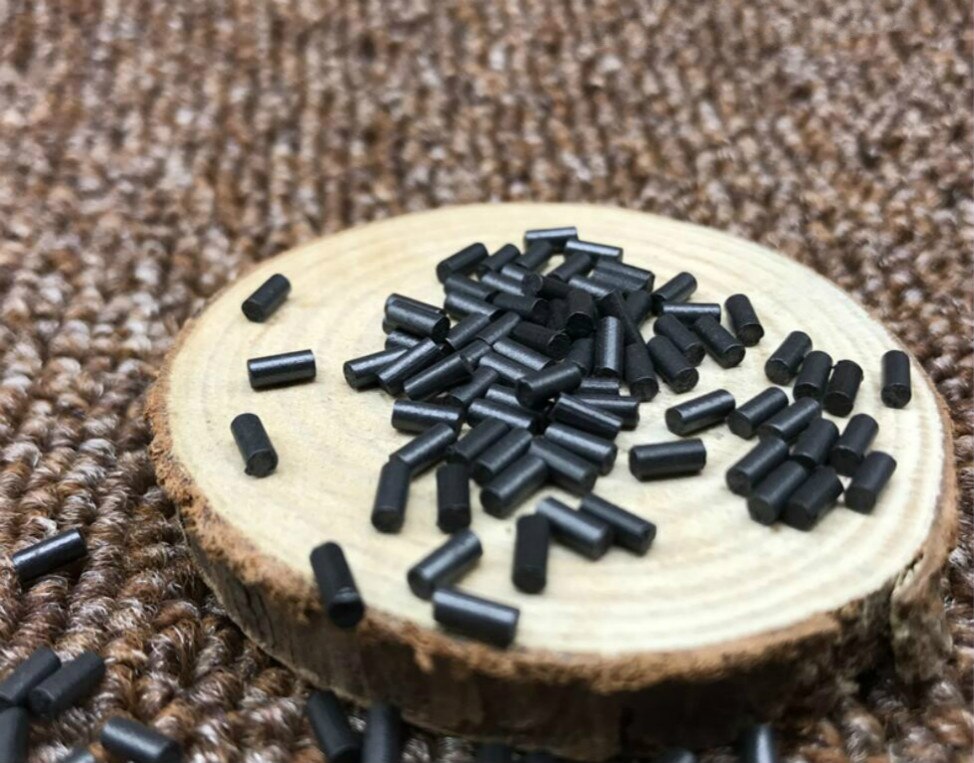
Step-by-Step Guide to Flint Replacement
Preliminary Information:
Tools and Materials Required:
- A small precision screwdriver
- A replacement flint designed specifically for S.T. Dupont lighters
- Optionally, tweezers for more detailed work
Safety Precautions:
- Ensure the workspace is well-ventilated
- Confirm the lighter is empty or devoid of fuel
Step 1: Opening the Lighter:
To open your S.T. Dupont lighter securely, utilize the precision screwdriver to carefully remove the tiny screws that secure the flint mechanism. Exercising caution during this step is paramount to prevent scratching the lighter’s surface or stripping the screws.
Step 2: Removing the Old Flint:
Spot the old flint, which should be positioned in a small bracket close to the ignition mechanism. Either with tweezers or your finger, gently extract the old flint. For models equipped with a spring-loaded flap, carefully open the flap and retrieve the flint.
Step 3: Inserting the New Flint:
Before proceeding, ensure the new flint matches the type and size designated for your specific S.T. Dupont model. Place the new flint into its holder, either using tweezers or your finger. Make certain the flint is appropriately aligned.
Step 4: Testing:
After you’ve securely placed the new flint, reinsert any screws or parts previously removed and seal the lighter. Strike the ignition mechanism multiple times to validate that the new flint functions as intended. If any issues arise, review the entire process, or consider consulting an expert.
By diligently following this detailed step-by-step guide, you should successfully replace the flint in your S.T. Dupont lighter, ensuring its optimal functionality and longevity.
Troubleshooting
Even with the utmost precision and attention to detail, occasionally one might face some challenges during the flint replacement process. These challenges, while minor, can affect the performance of the lighter if not addressed correctly. Being able to identify and rectify these issues promptly is the hallmark of a knowledgeable owner or collector.
First and foremost, if the S.T. Dupont lighter fails to ignite after a flint replacement, it may be due to the flint not being seated correctly in its chamber. Ensure that the flint is not too tight or too loose. It should fit snugly, but not so tightly that it impedes the striking mechanism. Adjusting the flint’s position with tweezers and ensuring it’s evenly placed can often resolve this.
Another common issue is the presence of residual flint dust or debris in the chamber. Over time, as the flint wears down, it can produce a fine powder that might clog the ignition mechanism. Before inserting a new flint, make sure to clean out any remnants from the old one. Gently tapping the lighter upside down can dislodge any lingering particles.
A less frequent but potential challenge is cross-threading the screw cap during reassembly. This can happen if the cap is not aligned correctly with the threads. If you feel resistance when screwing the cap back on, do not force it. Remove, realign, and try again. Forcing it might damage the threads, making future replacements difficult and potentially harming the lighter’s overall value.
Lastly, ensure that the replacement flint is of the highest quality. While it might be tempting to opt for cheaper alternatives, genuine S.T. Dupont flints are specifically designed to provide optimal performance and longevity. Inferior flints might crumble easily, produce inconsistent sparks, or even damage the striking mechanism over time.
Being prepared and knowledgeable about these potential pitfalls ensures a smooth replacement process. Remember, luxury items like the S.T. Dupont lighter demand respect and meticulous care. Addressing issues promptly and with precision safeguards not only the lighter’s functionality but also its legacy as a cherished possession in the world of luxury collectibles.
Professional Tips for Longevity
When it comes to luxury items, S.T. Dupont lighters occupy a special niche. These pieces aren’t just tools for igniting a flame; they’re statements of elegance, reflecting a connoisseur’s choice. While their craftsmanship ensures longevity, certain measures can further extend the life of these exquisite pieces.
Regular maintenance is the foundation of the longevity of any luxury item. This is even more pertinent for mechanisms that involve wear and tear, like lighters. For an S.T. Dupont lighter, the maintenance goes beyond merely changing the flint. Here’s a series of professional recommendations that can keep your treasured lighter functioning at its pinnacle for years, if not decades.
Proper Storage: Always store your lighter in a cool, dry place. Humidity can corrode the internal mechanisms, while heat can evaporate the fuel. An ideal storage solution is the original case it came in, which is tailored to protect its delicate parts.
Fuel Quality: Just as a luxury car performs best with high-octane fuel, your S.T. Dupont lighter deserves the finest butane. Opt for refined butane as it ensures a clean burn, leaving behind minimal residues which can clog the burner over time.
Regular Cleaning: Once in a while, it’s beneficial to give your lighter a thorough clean. Use a soft cloth to wipe the exterior, maintaining its lustrous finish. For the burner, a blast of compressed air can help remove any dust or residues, ensuring an uninterrupted flame.
Flint Replacement: While we’ve delved deep into this aspect, it’s worth reiterating. Regularly inspect the flint and replace it when necessary. A worn-out flint doesn’t just affect the spark; it can damage the flint wheel over time.
Avoiding Drops: This might seem obvious, but it’s essential. While S.T. Dupont lighters are built robustly, internal mechanisms can misalign with impact. Always handle with care, and consider using a protective leather case when carrying it around.
Periodic Professional Service: Just as luxury watches benefit from periodic professional servicing, so does your S.T. Dupont lighter. Consider sending it for a professional check-up every few years. This can help identify and rectify minor issues before they become significant problems.
In essence, an S.T. Dupont lighter isn’t just a purchase; it’s an investment. And like all valuable investments, it warrants meticulous care and attention. By adhering to these professional tips, you not only ensure its functionality but also preserve its intrinsic value, allowing it to be a cherished possession or a prized collector’s piece for generations.
Conclusion
In the world of luxury collectibles, where each item tells a story of elegance, craftsmanship, and timeless appeal, the S.T. Dupont lighter stands out as a beacon of sophistication. Each spark it emits isn’t merely a testament to its functionality but a reflection of the care and precision that has gone into its upkeep. Proper maintenance, especially the meticulous task of flint replacement, is the linchpin in ensuring the longevity and performance of these exquisite lighters.
Reflecting on the steps we’ve explored, it’s evident that replacing the flint in an S.T. Dupont lighter is not just a routine task. From selecting the right tools and ensuring safety to expertly opening the device, removing the old flint, and placing the new one, every step requires a blend of precision, patience, and reverence for the artistry of the lighter. It’s a delicate dance between preserving the legacy of a luxury item while ensuring its optimal functionality for the future.
However, it’s crucial to understand that while the flint is a small component, its role is monumental. A worn-out or misaligned flint doesn’t merely affect the spark; it can compromise the entire lighting mechanism over time. By valuing the importance of timely and proper flint replacement, we not only uphold the functionality of the lighter but also pay homage to its storied history and the craftsmanship behind it.
As we conclude, let’s remember that in the realm of luxury items, care translates to value. And for an S.T. Dupont lighter, the gold standard of care involves understanding its intricacies and mastering the art of its maintenance. Whether you’re a seasoned collector or a proud owner of your first S.T. Dupont, may every spark from your lighter serve as a reminder of its grandeur and the meticulous care you’ve invested in its upkeep.
FAQ
1. Why is there a specific emphasis on using S.T. Dupont replacement flints?
S.T. Dupont lighters are crafted with utmost precision, and every component is tailor-made for optimal performance. Using genuine S.T. Dupont flints ensures the consistency of the spark, the longevity of the striking mechanism, and preserves the overall integrity of the lighter. Generic flints might not provide the exact fit or quality, leading to inconsistent performance or even potential damage over time.
2. How often should I consider replacing the flint in my S.T. Dupont lighter?
The frequency of flint replacement depends on the usage. For daily users, a visual inspection every few months is recommended. If you notice the flint appearing worn out, uneven, or if the lighter’s ignition becomes inconsistent, it might be time for a replacement. For occasional users, an annual check should suffice.
3. I’ve replaced the flint, but my lighter still doesn’t spark consistently. What could be the issue?
Several factors can affect the spark. While the flint is a primary component, residues in the ignition chamber, a misaligned flint wheel, or even low-quality fuel can impact performance. Ensure the chamber is clean, the flint is appropriately placed, and you’re using recommended fuel. If issues persist, consider consulting a professional.
4. Is there a way to differentiate between genuine and counterfeit S.T. Dupont flints?
Genuine S.T. Dupont flints often come in branded packaging with clear labeling. They’re also crafted to precise specifications, ensuring a perfect fit for the lighter. It’s always recommended to purchase from authorized dealers or trusted sources. If in doubt, reach out to S.T. Dupont’s customer service for verification.
5. Can I perform the flint replacement process on all models of S.T. Dupont lighters the same way?
While the fundamental process remains consistent, there might be slight variations based on specific models or editions. Always refer to the user manual of your particular model or consult the brand’s official resources for model-specific guidance.

